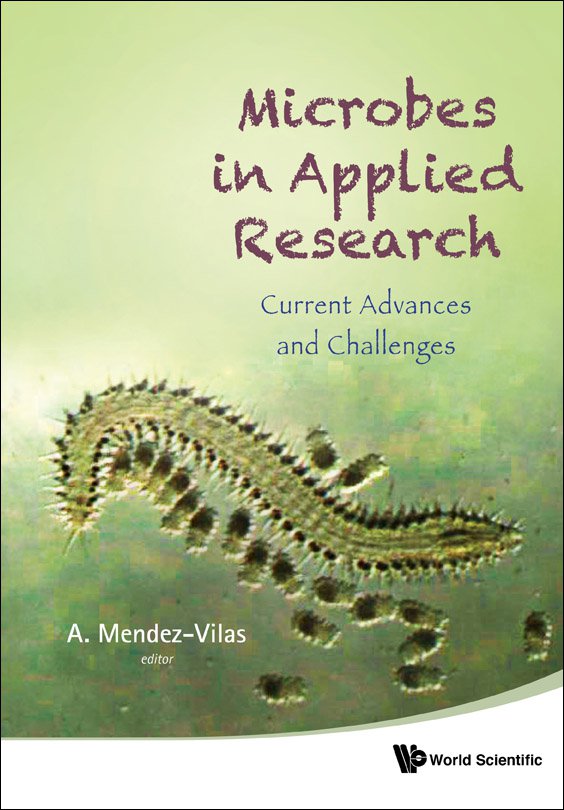General detection of microbial contamination in technical fluids
This work presents first results of a new approach for the detection of biological contamination using the Surface Plasmon Resonance (SPR) spectroscopy. SPR sensors have been commonly employed for the detection of proteins, bacteria and chemical substances. However, only specific interactions can be detected so far that rely on specific and sensor immobilized receptor molecules. It is of importance to overcome this limitation as technical fluids like cooling lubricants, paints and varnishes often show contaminations with different strains of microorganisms. The here presented general approach will focus on a distinguished mode of action. The aim is an unspecific adsorption of bacteria and other microorganisms to differently processed metal surfaces. The processed sensor surface is characterized by means of contact angle measurements, scanning electron microscopy, and bacterial and fungal binding studies. Besides, one of the main advantages of the sensor is the usability in a multitude of liquids such as deeply contaminated emulsions and other technical fluids, providing a broad applicability of the sensor system.



